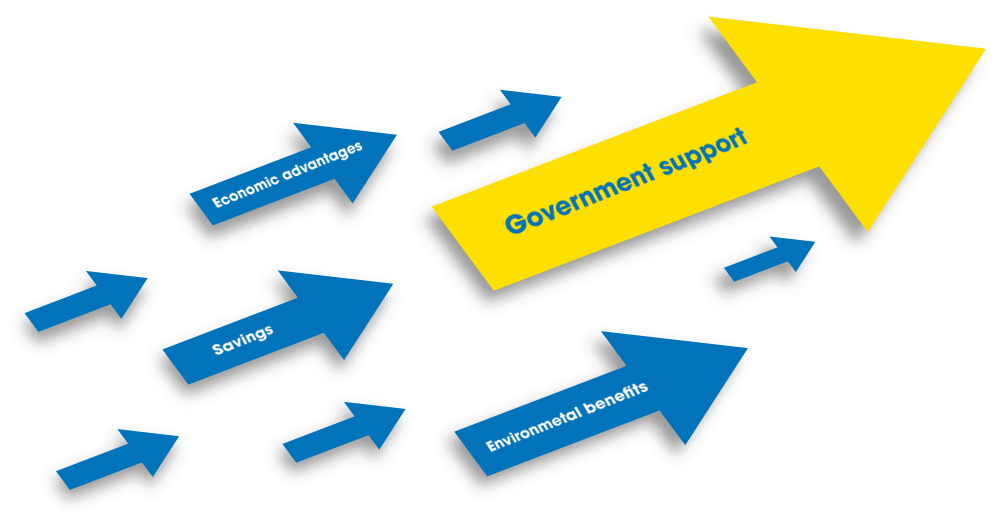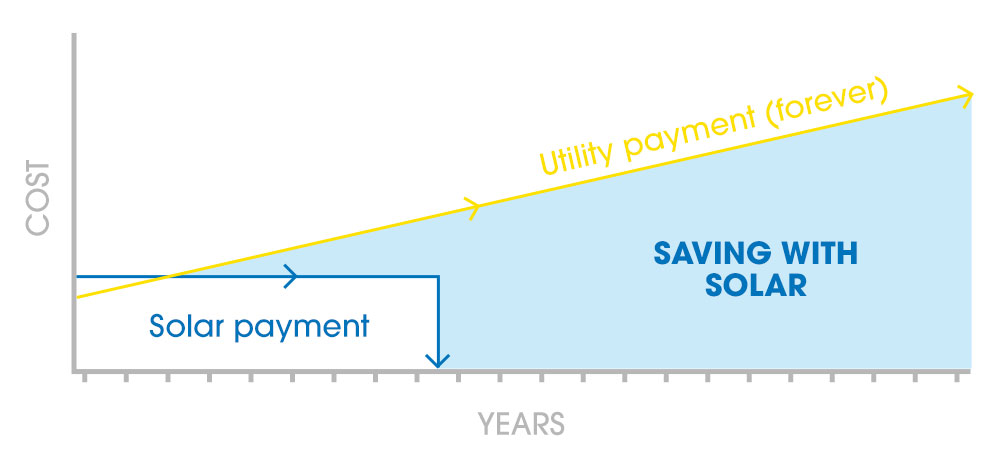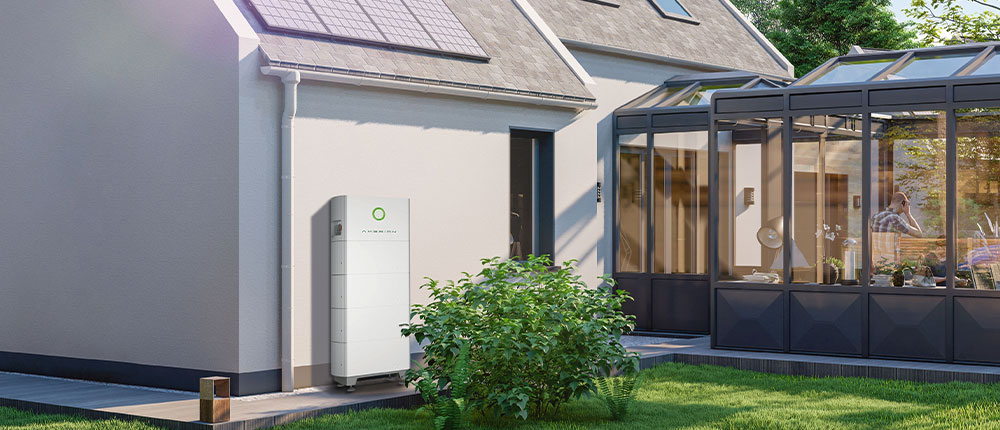What to Expect from Energy Retailers in 2025: Feed-in Tariffs on the Decline
Australia’s energy landscape is shifting, with many state-based regulators now allowing energy retailers to set their own feed-in tariff rates. States like New South Wales and South Australia no longer have a mandated minimum, meaning the amount you earn for feeding excess solar energy back into the grid depends entirely on your retailer.
Victoria is also following this trend, with the state’s minimum feed-in tariff set to drop significantly—from 3.3c/kWh to just 0.04c/kWh starting July 2025. This dramatic decrease underscores the importance of checking with your energy provider to understand what credits you’ll receive on your bill.
In this blog, we’ll explore what these changes mean for solar customers and what to expect from energy retailers in 2025.
Understanding Solar Feed-in Tariffs
Governments across Australia’s states and territories have taken varying approaches to what is commonly known as a solar feed-in tariff, also referred to as a solar bonus scheme or solar buy-back scheme.
A solar feed-in tariff is a payment homeowners receive for the excess clean energy their solar panels export to the grid.
In recent years, Australian homeowners with solar installations have witnessed a significant decline in solar feed-in tariffs (FiTs). Once a lucrative incentive, these tariffs have diminished across various states, prompting a reevaluation of solar energy’s benefits.
Keep reading to explore the current landscape of FiTs in 2025, including the reasons behind their decline and what it means for solar homeowners.
The government provided generous feed-in tariffs in the early stages to encourage solar adoption and stimulate the industry.
Current State of Feed-In Tariffs Across Australia
The government provided generous feed-in tariffs in the early stages to encourage solar adoption and stimulate the industry. However, as the solar market grew and established, most of these ‘premium’ feed-in tariff schemes were phased out.
Today, feed-in tariff rates are determined mainly by electricity retailers, with only a few states setting minimum requirements.
Here’s what to expect:
Victoria
Victoria has historically mandated minimum FiTs. However, for the 2025–26 period, the Essential Services Commission (ESC) has set the flat rate minimum FiT at a mere 0.04 cents per kilowatt-hour (kWh), effectively rendering it negligible. This drastic reduction reflects the state’s shift towards deregulating FiTs, allowing market dynamics to dictate rates.
South Australia
South Australia does not enforce a mandated minimum FiT, leaving rates to the discretion of retailers. As of February 2025, offerings include:
- Energy Australia Solar Max: 10c/kWh for the first 12 kWh/day, then 4.5c/kWh.
- Engie: 5.5c/kWh.
- AGL Solar Savers: 10c/kWh for the first 10 kWh/day, then 4c/kWh.
Australian Capital Territory (ACT)
Similar to South Australia, the ACT lacks a mandated minimum FiT. Current retailer offerings include:
- ActewAGL: 8c/kWh.
- Origin Solar Boost: 12c/kWh for the first 14 kWh/day, then 9c/kWh.
Notably, legacy tariffs ranging from 30 to 45c/kWh still exist for customers who installed solar systems before 2011.

Western Australia
Western Australia offers some of the lowest FiTs in the country:
- Synergy (Perth & SW WA): 10c/kWh during peak times (3 pm–9 pm) and 2c/kWh during off-peak (9 pm–3 pm).
- Horizon Power (Regional WA): Rates vary, with some remote areas receiving as little as 3c/kWh before 3pm.
Queensland
In Queensland, FiTs are set by retailers without a mandated minimum:
- Regional QLD (Ergon): 12.377c/kWh.
- South East QLD (Energex): Rates vary by retailer, for example:
- Red Energy: 8c/kWh.
- Energy Australia Solar Max: 10c/kWh for the first 12 kWh/day, then 4.6c/kWh.
New South Wales
While New South Wales does not mandate FiTs, the Independent Pricing and Regulatory Tribunal (IPART) provides a benchmark of 4.9–6.3c/kWh for the 2024–25 period. Retailers are not obligated to adhere to this benchmark, leading to varied offerings.
Reasons Behind Declining Feed-In Tariffs
Several factors contribute to the downward trend in FiTs:
Wholesale Electricity Prices: The surge in solar installations has led to an oversupply of electricity during daylight hours, driving wholesale prices down. Consequently, retailers offer lower FiTs to align with these reduced prices.
Solar Saturation: The widespread adoption of solar panels means more households are exporting electricity to the grid, saturating the market and diminishing the value of exported solar energy.
Policy Changes: Government incentives that once promoted high FiTs have been scaled back or discontinued, reflecting a shift towards market-driven rates.
By aligning energy consumption with peak solar production times, homeowners can reduce reliance on the grid and enhance savings.
Implications for Homeowners
The decline in FiTs signifies a pivotal shift in the value proposition of solar energy. However, the main benefit of solar has always been reducing electricity bills rather than earning from exports. Maximising your current solar PV system will still help you achieve significant savings by allowing you to use more of the energy you generate rather than relying on the grid. Here’s how:
Self-consumption is Key: Maximising the use of generated solar power within the household becomes crucial. By aligning energy consumption with peak solar production times, homeowners can reduce reliance on the grid and enhance savings.
Battery Storage Solutions: Investing in battery storage systems allows homeowners to store excess solar energy for use during non-sunny periods, further reducing grid dependence and enhancing energy autonomy.
Evaluating Retailer Offers: With FiTs varying across retailers, comparing offerings and selecting plans that best suit individual energy consumption patterns is essential.
While the era of generous solar feed-in tariffs may be concluding, the value of solar installations continues. By focusing on self-consumption and exploring energy storage options, homeowners can continue to reap financial and environmental benefits from their solar investments.
Take charge of your energy future by contacting the Solar Battery group or request a call back to discuss your options.


























